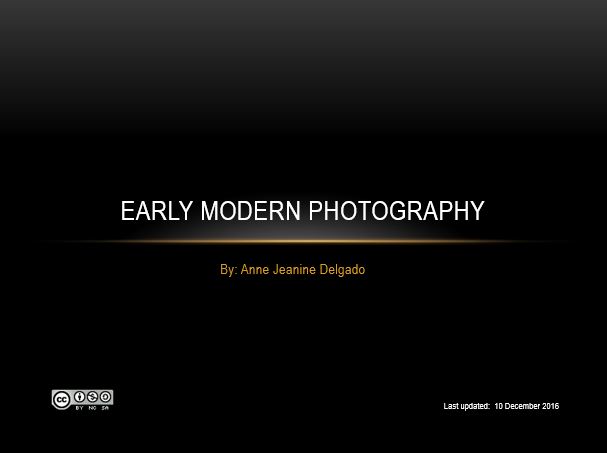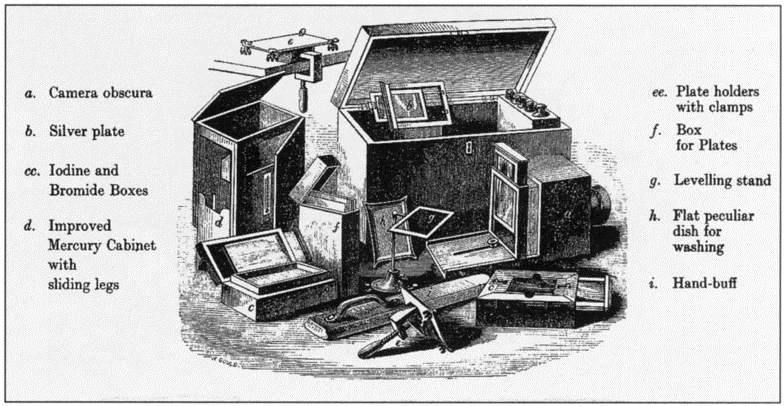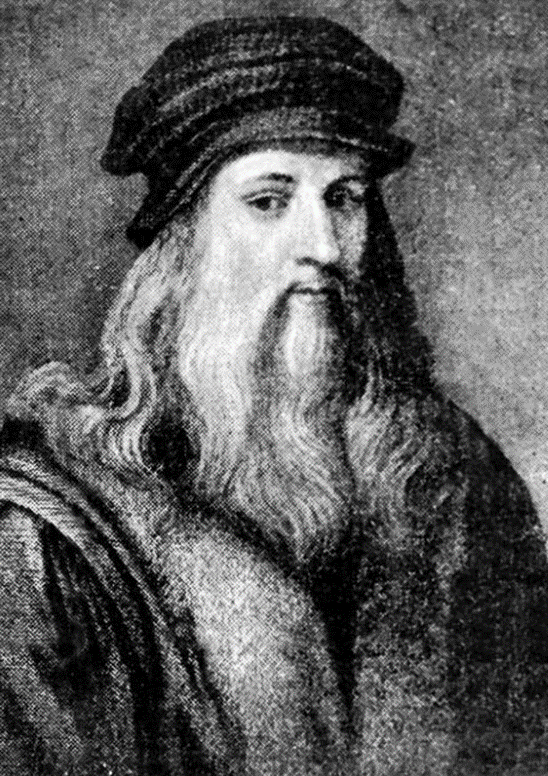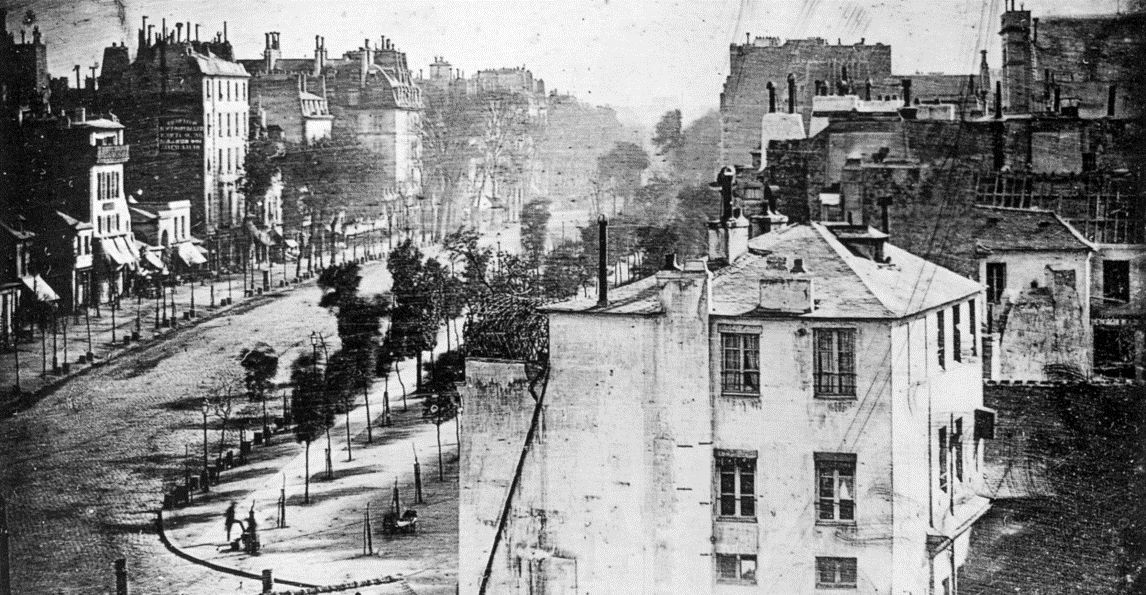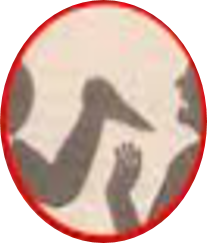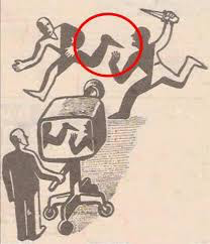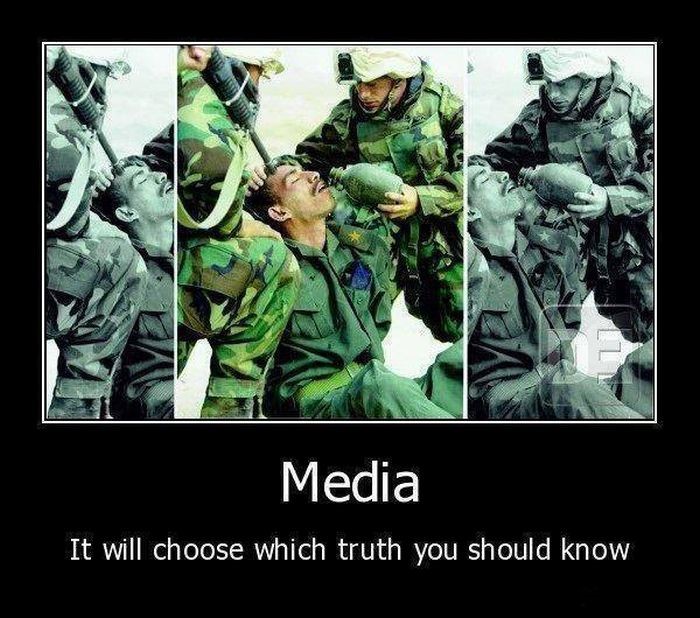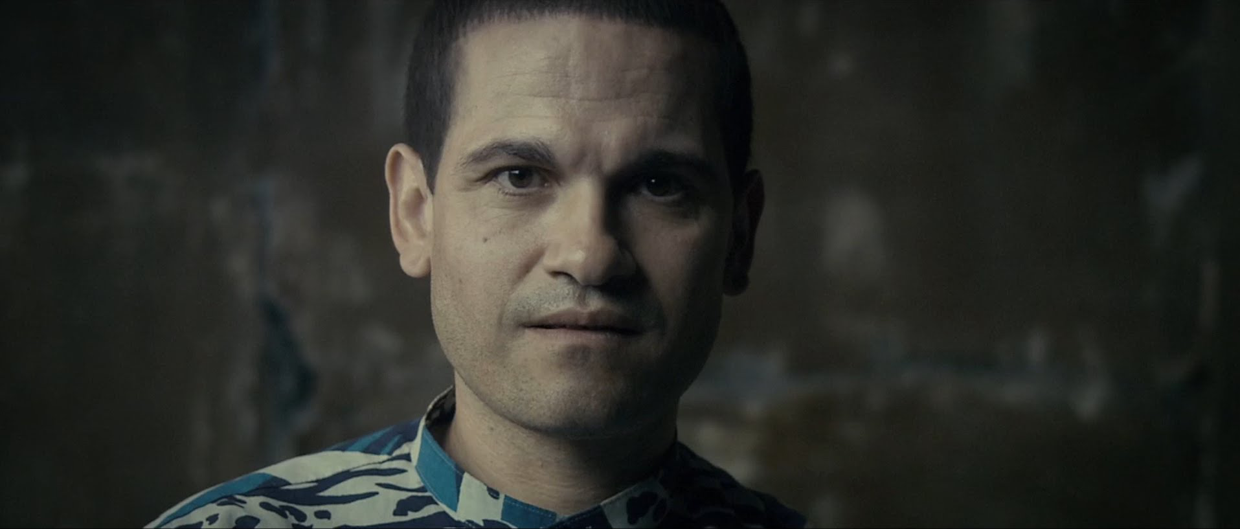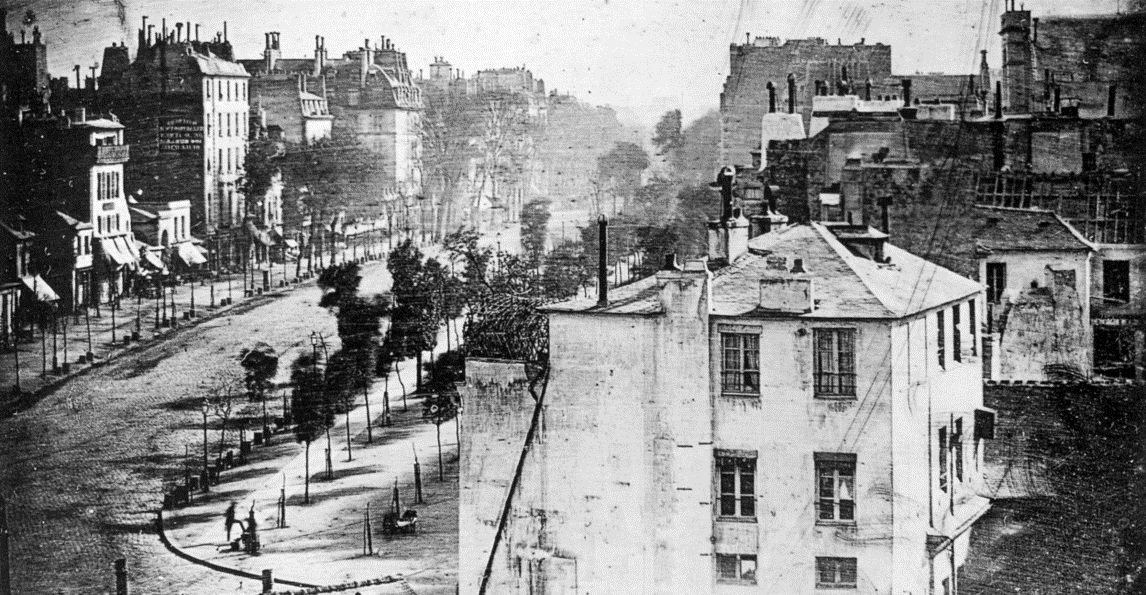Early Modern Photography
by Anne Jeanine Delgado
Anne Jeanine Delgado's "Early Modern Photography" gives a brief overview of the history of photography before asking students to consider how images can be manipulative. The presentation includes two short videos and incorporates class discussion. Ms. Delgado prepared this presentation for her early modern world history class during the 2016 Fall semester at Schoolcraft College.
Following is a summary of the presentation.
Slide 01
Slide 01 is the title page. Click on the image to download the presentation.
Note about Creative Commons License: The Creative Commons license under which this presentation is being released does not apply to the individual images within the presentation. The images are used in the presentation under the Fair Use provision of copyright law and remain copyrighted by their authors whom have not released their copyright.
Slide 02
Slide 02 gives three facts about early photography. The information is expanded in the video to which slide 03 links.
Slide 03
Slide 03 links to the Cooperative of Photograph's "The History of Photography in 5 Minutes" [5:12].
Slide 04
Slide 04 explains that "Altering of a subject’s image in order to create a certain perception of that subject."
Slide 05
Slide 05 shows the first image of a human being. The photograph appears to be of an empty Paris street, but the street is actually bustling with people. The problem is that the moving people could not be captured in the image because of the slow shutter speed. Therefore, the street appears to be empty even though it is not.
Slide 06
Slide 06 is designed to involve class participation. Students are asked to describe what they see in the image.
Slide 07
Slide 07 shows the full, uncropped image from Slide 06. Actually, it is the "innocent" man who is the agressor.
Slides 08-11
Slides 08-11 show a series of crops from an original image that show how cropping can change meaning. Slide 08 is the left crop. Slide 09 is the right crop. Slide 10 is the entire image. Slide 11 is the meme pictured here.
Slide 12
Slide 12 links to an analysis of The Imposter (2012) [5"05] that explains how the film manipulates the audience to believe what they are predisposed to want to believe.
Slide 13
Slide 13 presents the discussion question, "Do pictures show the whole truth?"
Slide 14
Slide 14 is the list of Works Cited.
Note about Creative Commons License
The Creative Commons license under which this presentation is being released does not apply to the individual images within the presentation. The images are used in the presentation under the Fair Use provision of copyright law and remain copyrighted by their authors. However, because of their age, the images in slide 02, slide 03, and slide 05 are in the public domain.
